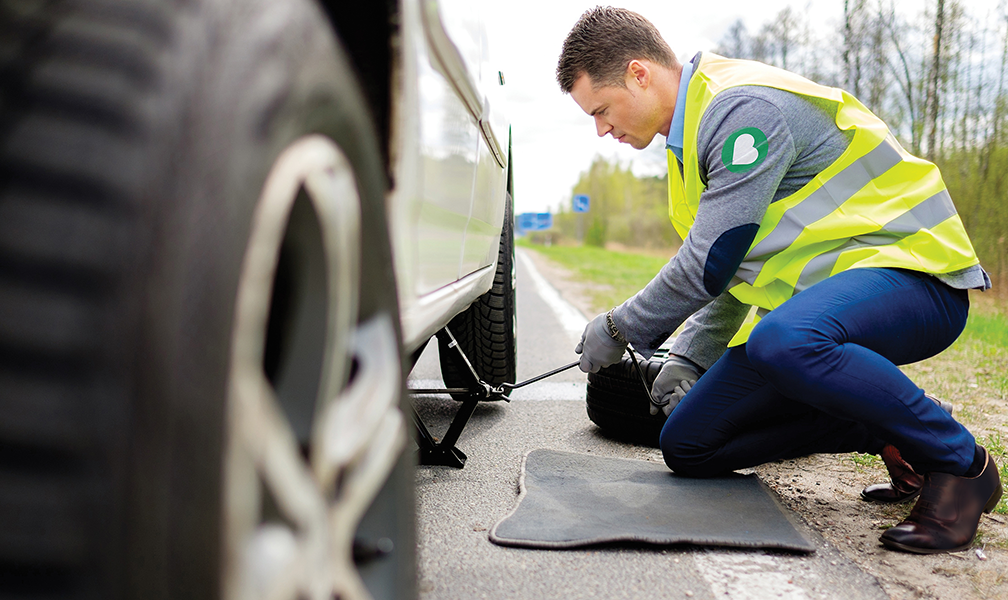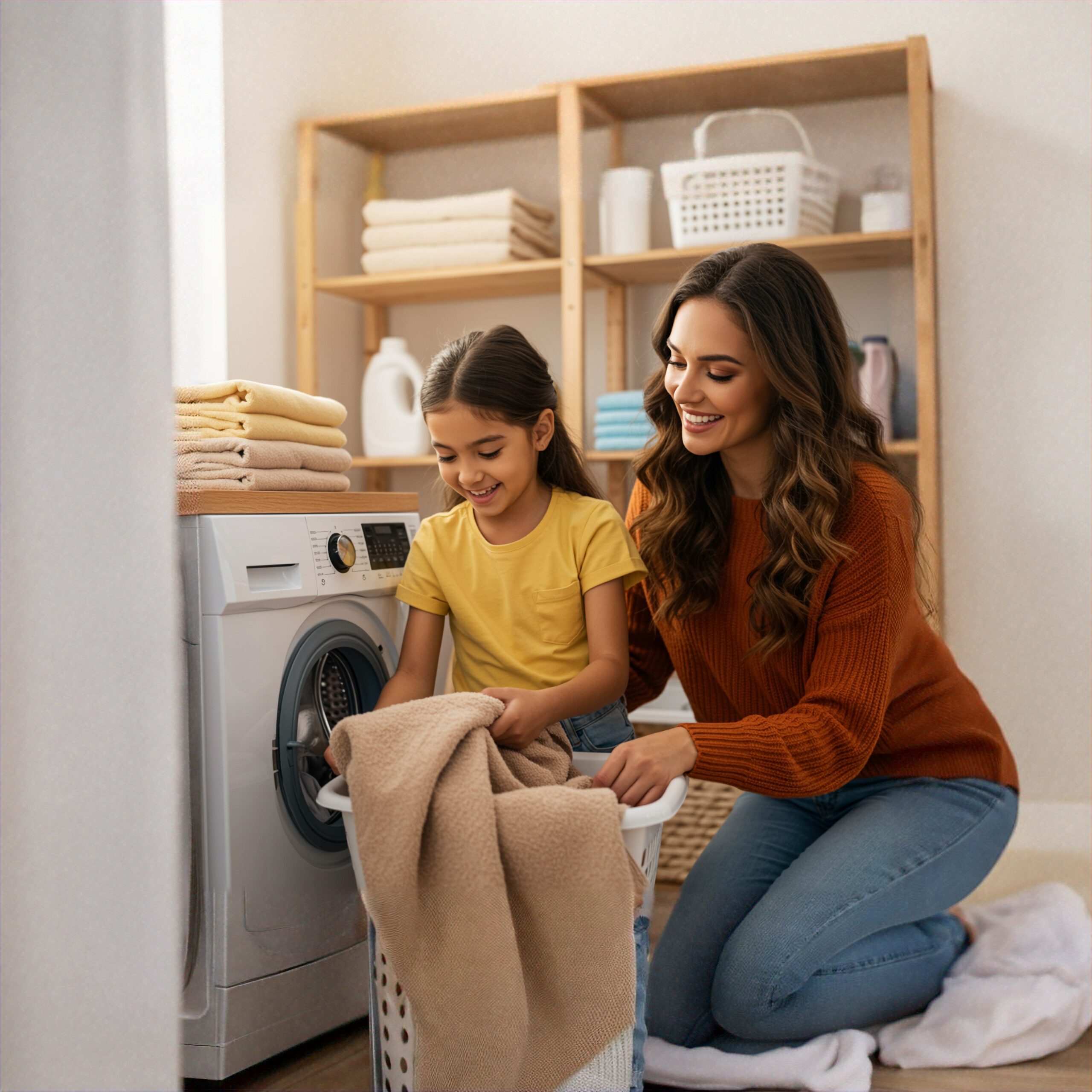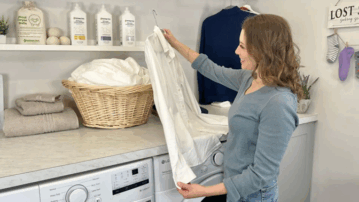Winter Tire Pressure: Tips to Keep Your Tires in Check

When temperatures start to drop, most of us think about warming up the car or brushing snow off the windshield, but we often forget one small detail that can make a big difference: tire pressure. Cold weather has a major impact on your tires, and if you ignore it, you could be setting yourself up for poor traction, uneven wear, and even costly repairs down the line.
The good news is that keeping your winter tire pressure in check is simple. A few quick habits can help your car stay safe, fuel-efficient, and ready for whatever winter throws your way.
Why Tire Pressure Drops in Winter
When the air gets colder, tire pressure naturally drops. For every ten-degree decrease in temperature, you can lose about one PSI of air pressure. So if there’s a sudden cold snap overnight, you might wake up to tires that are flatter than they were the day before.
Low tire pressure makes your tires flex more than they should. That extra movement creates heat and resistance, which wears them down faster and lowers your fuel efficiency. Over time, it can even lead to blowouts or alignment problems.
Checking your tire pressure every couple of weeks is one of the easiest ways to stay ahead of these issues. It takes just a few minutes but can save you money and stress later on.
Why You Shouldn’t Ignore The Low Tire Pressure Light
Driving with low tire pressure doesn’t just affect your gas mileage. It affects your safety too. When tires aren’t inflated properly, your car has less grip on snowy and icy roads, making it harder to stop or steer. You might also notice your car feels sluggish or drifts a little while driving.
Most modern cars have a Tire Pressure Monitoring System, or TPMS, that alerts you when your tires are too low. But here’s the thing: by the time that light turns on, your tires are already below the ideal pressure. Regular manual checks help you stay one step ahead so you can make small adjustments before it becomes a bigger issue.
How to Check and Maintain Tire Pressure
The best part about maintaining your tire pressure is that it’s quick and easy. Here’s how to do it right:
- Check pressure when the tires are cold. The best time to check your tire pressure is in the morning, before you start driving. Once you’re on the road, the air inside your tires expands and gives a less accurate reading.
- Know your recommended PSI. You can find this number on a sticker inside your driver-side door or in your owner’s manual.
- Use a quality gauge. Digital tire gauges are small, affordable, and easy to use.
- Add air slowly. Stop to recheck often so you don’t overfill. Most gas stations have free or low-cost air pumps available.
- Inspect your tires regularly. Take a quick look at the tread and sidewalls while you’re at it. If something looks off, like cracks or uneven wear, it’s worth having a professional take a look.
- Know where to fill up nearby. When you’re running low on tire pressure, it helps to know where your closest gas stations are especially during cold mornings. Many 7-Eleven locations have convenient air machines available, so you can easily top off your tires while grabbing a coffee or snack on the go.
Making these checks part of your winter routine helps your tires perform better, saves you gas money, and gives you peace of mind on every drive.
Simple Ways to Protect Your Tires All Winter Long
Cold temperatures can make rubber stiffer and more brittle, so your tires need a little extra care during winter. A few smart habits can go a long way:
- Rotate your tires every few months to help them wear evenly.
- Avoid overinflating your tires.
- Replace worn tires before the first snowstorm. Bald or thin tread makes it harder to grip slick roads.
If you’re ever unsure about your tire pressure or tread condition, stop by a local tire shop for a quick inspection. It’s a small step that can make a big difference for your safety.
Stay Prepared During the Winter
Tire pressure might not be something you think about every day, but in winter, it’s one of the most important things to monitor.
Stay safe, drive smart, and keep your tire pressure in check. You’ll save money, protect your tires, and get more reliable performance all season long.











































